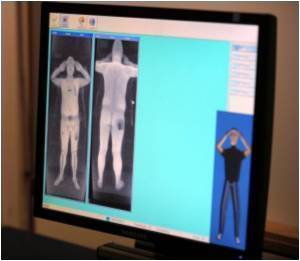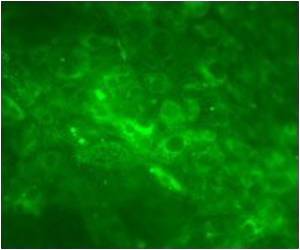FAQs on Epithelial Barrier Theory: A Comprehensive Look at its Associated Conditions
1. What are the epithelial barriers to infection?Skin, mucous membranes and other special epithelial layers are other epithelial barriers which limit the entry of pathogens into the body.
2. What is the epithelial defense barrier?
Epithelial defense barrier is made by epithelial cells that are closely packed or tightly bound to form a shield against pathogens and regulate the body's ordinary processes.
3. Which epithelium acts as a barrier?
Two main categories of epithelial cells include; Stratified squamous epithelium: This type of epithelium covers most of the body's external skin, and functions as a barrier to infection; Simple columnar epithelium: This type of epithelium lines most of the internal gut and serves as another barrier to infection.
4. What are the surfaces of the epithelial barrier?
They include the skin, respiratory mucosa, gastrointestinal mucosa, and the urogenital mucosa which are for the most part barrier tissues.
5. Are epithelial cells barriers to infection?
Yes, epithelial cells serve to provide a physical and functional barrier against the invading pathogens besides supporting other immune body activities.
6. What organs are in the epithelial barrier?
Organs include the skin, bronchi, gastrointestinal tract and genitourinary tracts and all have epithelial layers that are considered barriers.









